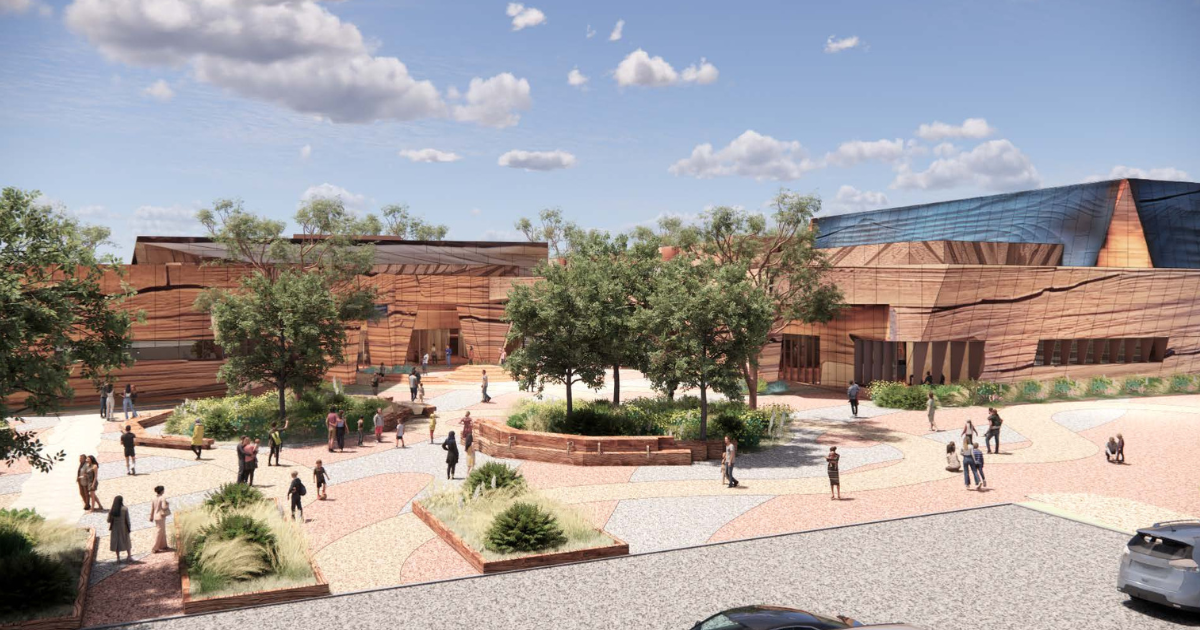Geelong to have single-member wards at next council election

There are three proposed new structures for the municipality of the City of Greater Geelong - this is the lower half of Model 1. Image: VICTORIAN ELECTORAL COMMISSION
THE City of Greater Geelong has been confirmed to be among the new councils with single-member wards at this October’s council elections, according to the Victorian government, but the exact boundaries of the new wards are not yet known.
Earlier today (Thursday, February 15), Minister for Local Government Melissa Horne announced she had accepted the recommendation of the Electoral Representation Advisory Panels (ERAPs), and said these electoral representation arrangements would ensure councils were more reflective of the communities they represent.
Initially established under the Local Government Act 2020, the change in legislation led to ERAPs consulting over the past 15 months to ensure councils become compliant with the new requirements.
The panels’ reviews have been completed with time to allow for candidates and the Victorian Electoral Commission (VEC) to implement the necessary planning ahead of the general elections.
The structure amendment will see 30 councils change to a single-member ward structure, except in those cases where ERAPs have recommended the council have uniform multi-member wards or an unsubdivided structure.
The final details of how the City of Greater Geelong’s new wards will look have not yet been released, but under the changes proposed for Geelong in the preliminary report, the existing four-ward, 11-councillor structure would be replaced by one of three models:
- Retaining current ward boundaries as much as possible by dividing existing wards into multiple wards to ensure shared interests, but its disadvantages include the Cowies Creek Ward covering up to Anakie also taking in part of Highton to ensure voter distribution
- Using roads and geographical features to separate wards which is considered to better group communities, especially on the Bellarine, splitting some suburbs in Geelong’s north, and pairing Armstrong Creek with the eastern Bellarine due to population, or
- A 12-ward structure with an additional councillor to accommodate population growth, allowing for smaller wards with more recognisable boundaries but dividing Ocean Grove in two and causing imperfect splits in Geelong’s south-west.
“The Electoral Representation Advisory Panels have delivered thorough work over an extensive period to ensure that Victorian councils will be set up to effectively represent their communities,” Ms Horne said.
“These new ward boundaries will be in place for the local government elections this year – an important step in our work to reform local government and meet the expectations of communities right across Victoria.”
For more information, head to localgovernment.vic.gov.au/council-governance/electoral-representation-advisory-panels-eraps

















